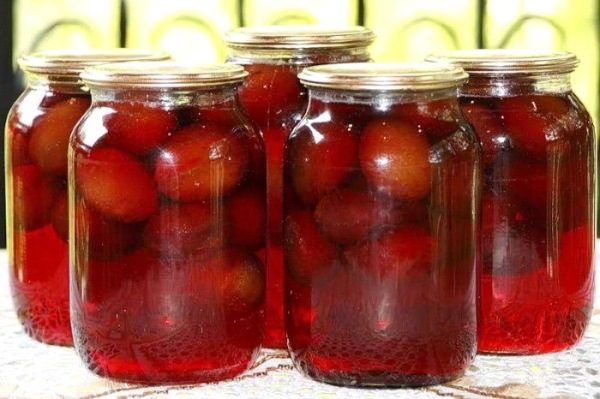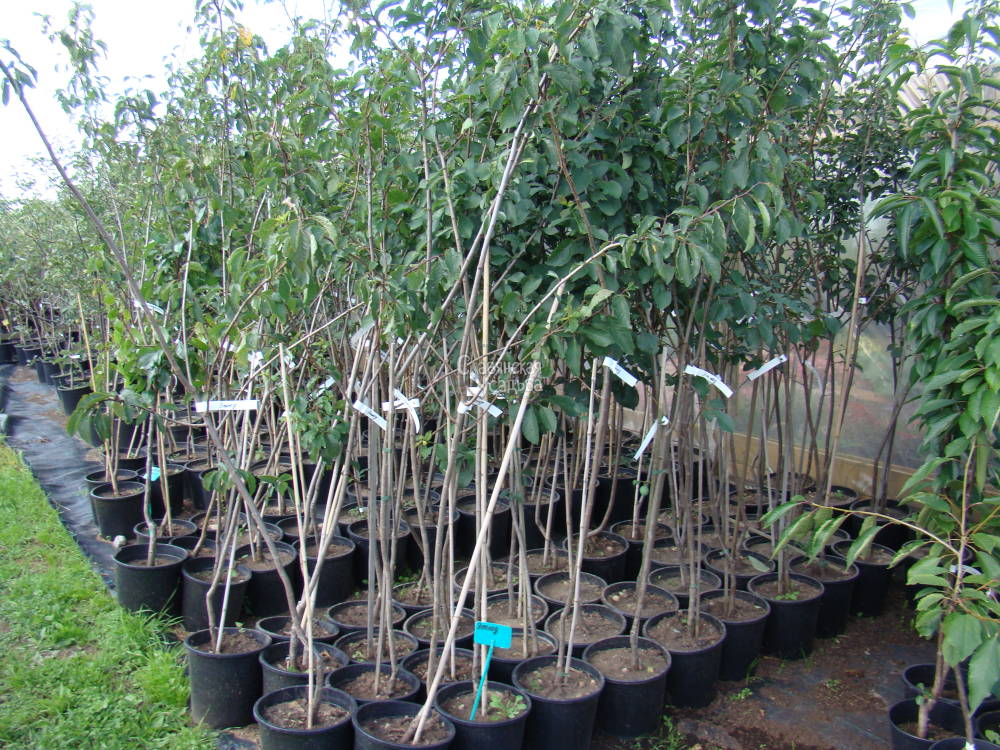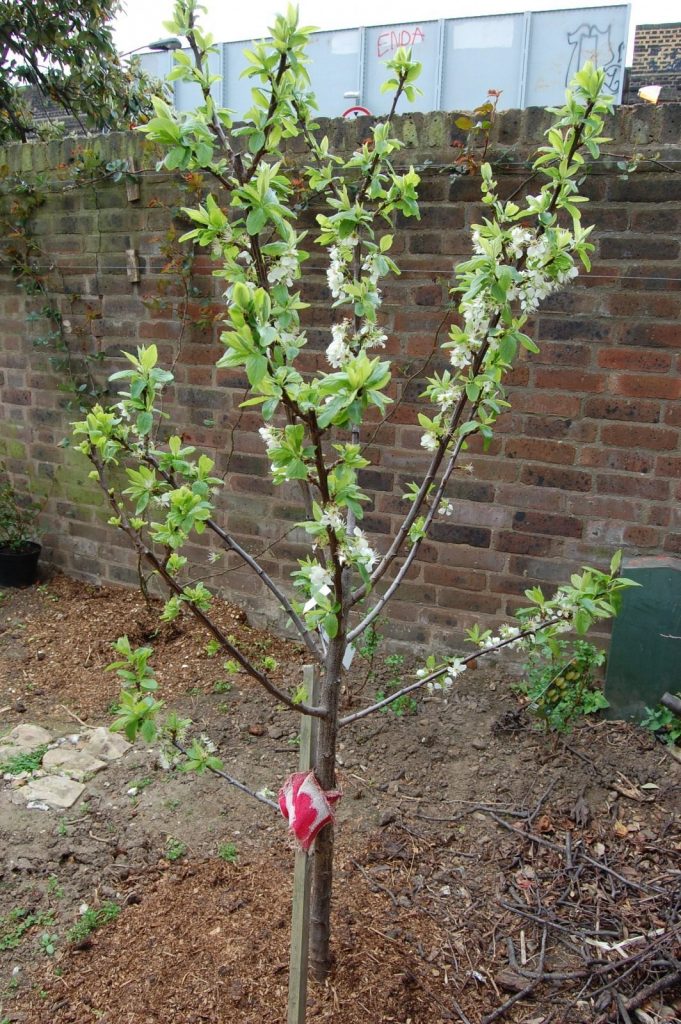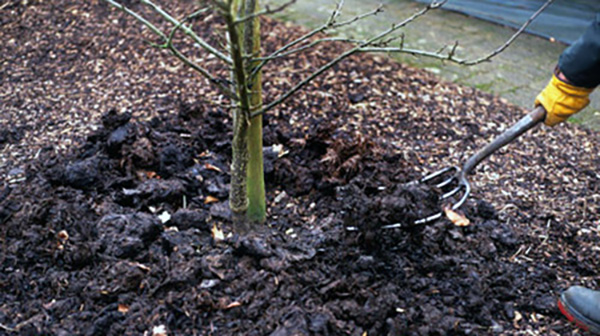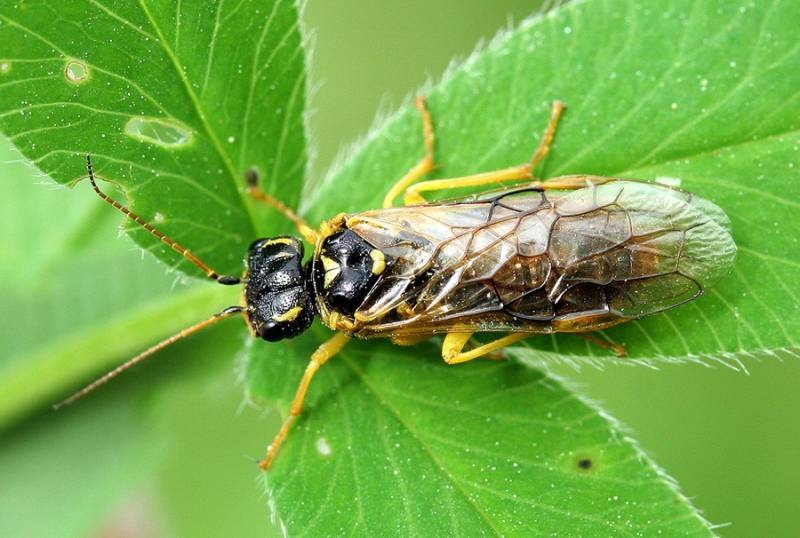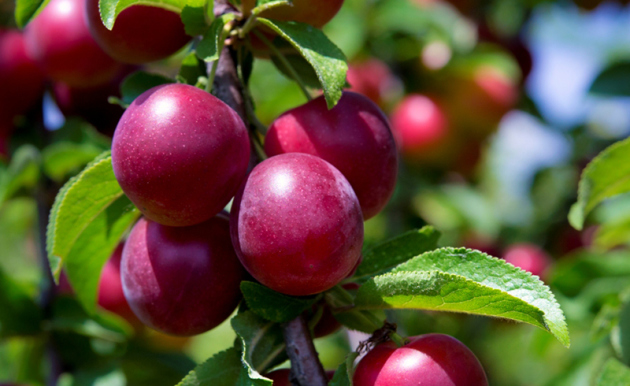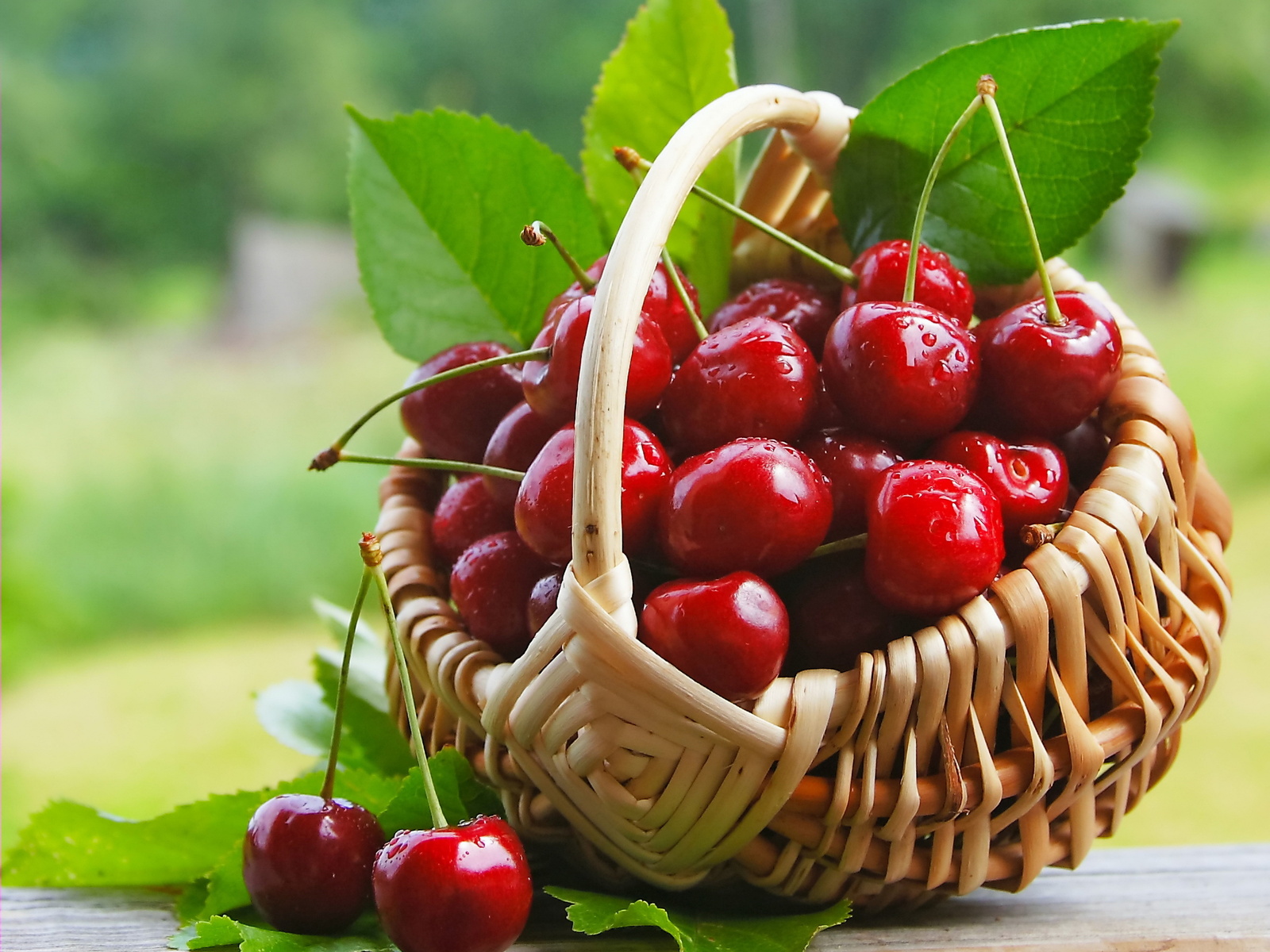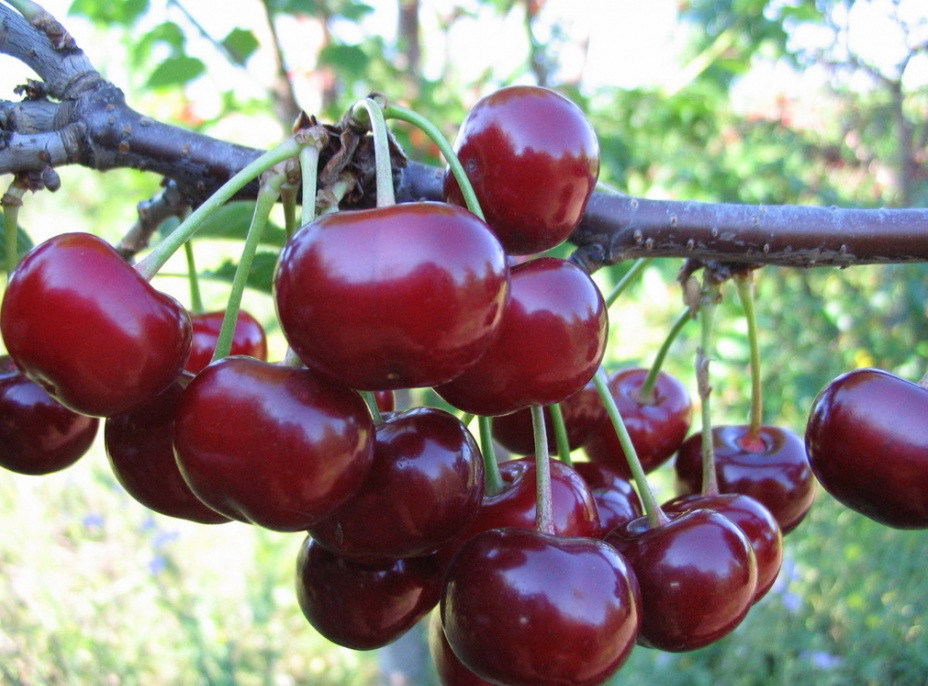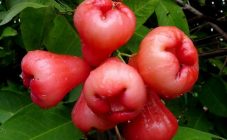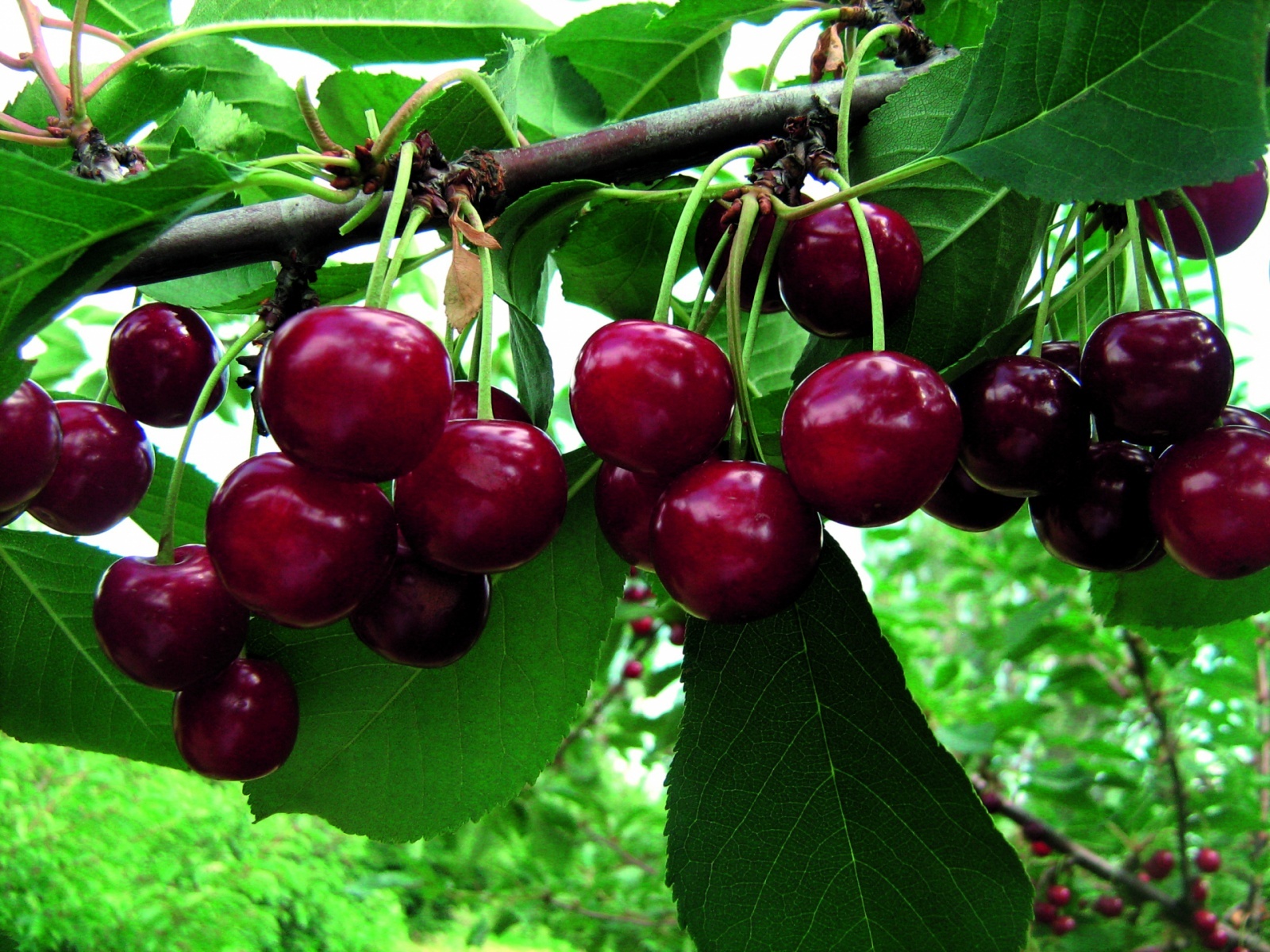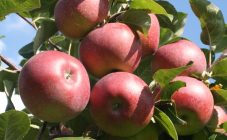Content:
A rare garden is complete without plums, because it is an unpretentious tree with tasty healthy fruits. Houseplum (Prunus domestica) has many varieties with different ripening periods. One of them is Smolinka.
History of creation
Plum Smolinka was bred for cultivation in the Central region of Russia. The variety was created at the All-Russian Institute of Breeding and Technology for Nursery by crossing the Ochakovskaya yellow plum and Renclaud Ullensa. The creators of the variety are H. Enikeev and S. Satarova. The variety was sent to the State test in the early 80s, and in 1990 it was entered into the State Register.
Varietal features
The variety is mid-ripening, the fruits ripen in mid-late August. Fruiting begins at the 4th year of the tree's life. Average frost resistance, but good recovery after a cold winter. Heat - and drought tolerance are satisfactory. The yield of the variety is very good - 15-20 kg. Under favorable weather conditions and careful care, it sometimes yields up to 40 kg. However, the yield is irregular, the tree bears fruit well no more than once every 3 years. With good care, the plum will yield up to 25 years of harvest. The variety is self-fertile and requires a pollinator.
You can distinguish Smolinka by the following characteristics:
- The tree is vigorous, reaching 5.5 m in height;
- The crown has an oval or round-pyramidal shape, the branches do not grow very densely;
- The bark of the trunk is brown, rough;
- Shoots are slightly curved, internodes are of medium size;
- The leaves are turned upside down, with a rounded base, size - 9.5 by 6.5 cm, smooth, medium serrated;
- Light green stipules are present;
- 2 large white flowers emerge from one bud. Flowering begins in May.
Fruit characteristics
The fruits are quite large, on average 35-40 g, 45 mm high, width and thickness 40 mm. The shape is oval or oval-ovoid, symmetrical. The skin is dark purple with a waxy coating, smooth, medium thickness, with an underdeveloped abdominal suture. Peduncles - 1.5 cm X 1.5 mm. The seeds are about 2.3 cm long, with a sharp tip, slightly difficult to separate from the pulp. The pulp is medium in density, yellow-green, sweet and sour to taste, tender. Dessert-type fruits, can be eaten fresh or dried, suitable for freezing. Strongly ripe fruits taste like prunes, contain a large amount of sucrose, glucose and fructose.
Plum pits contain hydrocyanic acid, which can be preserved during long-term storage. Therefore, pitted plum blanks cannot be stored for more than a year. It is better to remove them from the fruit, although this will have a negative effect on the appearance of the product.
Pollinators
The tree needs pollinators, since Smolinka is self-fertile. In this capacity, cherry plums or plums of another variety, growing nearby or in a neighboring area, can act. The best results as pollinators are shown by the following varieties:
- Super early;
- Egg blue;
- Hungarian Moscow;
- Opal;
- Volga beauty;
- Blue gift;
- Morning;
- Early ripening red.
If there are no such trees nearby, you will have to plant them, otherwise there will be no harvest. Thus, the varietal variety of plums in the garden will expand, which will only have a positive effect on the yield of each plum tree.
Agrotechnics
The choice of planting material
Selecting a seedling is an important task. If it turns out to be infested with pests or diseases, is weak or damaged, then the chances of success in growing a good tree will be minimal. It is also undesirable to buy very tall specimens - small plants tolerate transplanting better. Annual and biennial plants take root well.
If the seedlings have a closed root system, that is, they are sold in containers with soil, then the condition of the roots will not be determined. But on the other hand, such planting material has the best survival rate and can be planted at any time during the growing season. If the seedling has leaves, you need to examine them for spots, rot, traces of parasites (cobweb or egg laying). In addition, the soil in the container must not be dry.
Exposed root specimens can be planted either before the start of the growing season, or at the end of it, that is, in early spring or mid-late autumn. When buying, you should not choose seedlings with too short cut roots - they may not survive.
Location
The correct location is the key to good development of the plum. She needs a lot of light, the sweetness of the fruit directly depends on it. Openness to the north winds is undesirable. Inadmissibly close occurrence of groundwater. The soil is preferable light, neutral, loamy or sandy loam. This variety is tall, this must be taken into account when planting, so that in the future the tree does not shade the beds and does not interfere with buildings. The distance to neighboring trees should be at least 3-4 meters.
Soil preparation and planting
Autumn is best suited for this event. If the soil on the site is acidic, the first step is to add lime to it. The earth must be dug up together with a bucket of humus and wood ash, plus 200 g of superphosphate and 50 g of potassium salts. For the seedling, a pit is prepared 0.5-0.7 m deep and about 0.7-0.9 m in diameter. In this case, it is advisable not to mix the top fertile soil layer with the deep one. When digging a hole, the earth from different layers is piled into different heaps. At the bottom of the pit, you need to pour at least a bucket of water.
Place the seedling in the hole so that the root collar is at ground level. Further, the roots are straightened and covered with the lower layer of earth, then the upper one. Care must be taken that the soil fills all the voids between the roots. Then you should lightly tamp the ground. Immediately you need to pour in another 1-2 buckets of water and mulch with humus or peat. If the seedling is one year old, you can prune the central and lateral shoots up to 80 cm, other shoots should be left up to 20 cm. In biennial trees, only the lateral shoots are pruned by a third of the length.
Plum care
Young immature trees need more care than adults. The future harvest depends on soil moisture. During the period of flowering and fruit ovary, you need to ensure that the soil does not dry out, and watering as needed. If the spring is dry, then you need to water the plum abundantly, about three times a month. Lack of moisture in summer, when the fruit is being poured, can lead to the fact that they will crumble, and excess leads to cracking of the fruit. Therefore, during this period, moderate watering is needed. It is necessary to abundantly saturate the soil with moisture at the end of summer, after harvesting, so that the tree gains strength to lay buds. Also, abundant water-charging watering is required in the fall, before the onset of frost.
If the soil was well fertilized when planting, then subsequently fertilizing can be applied every three years. Plum responds well to the introduction of organic matter. When applying mineral fertilizers, you must carefully follow the recommended rate so as not to harm the plant. Periodically, you can use preparations for foliar feeding, which are sprayed on the leaves.
The plum tree has the peculiarity of forming a large amount of root growth, which must be removed so that the tree does not waste energy on it to the detriment of the harvest. The trunk circle must be timely freed from weeds and loosened.You can mulch the soil around the tree, slightly stepping back from the trunk.
Pruning
The first formative pruning is done the year following planting. The branches are shortened slightly for better branching. Sanitary pruning should be done every year, removing any damaged and dried branches.
Diseases and pests
The variety is relatively resistant to clasterosporium disease. In general, if the tree is strong, it can deal with pathogens on its own. If the crown is not thickened, then the fungus will not be able to multiply. We must not forget to whitewash the trunk and skeletal branches with lime.
Of the parasites for plums, the most dangerous are:
- Aphid - feeds on the sap of young leaves and tops of shoots. Preventive measures must be taken even when the buds open;
- Sawfly - lays eggs on buds, subsequently the larvae eat the fruits. Processing should be carried out during flowering;
- The moth is a caterpillar that feeds on fruit pulp and seed kernels. Spraying with insecticidal preparations against this pest is carried out after flowering.
So that there are no larvae and pathogens left on the fallen leaves, the latter are carefully collected and burned.
Advantages and disadvantages of the variety
Any variety has its drawbacks, Smolinka is no exception. Due to the high growth of the tree, harvesting can be problematic, and ripe fruits fall off the branches pretty soon. Fruiting is periodic and requires a pollinator.
In general, gardeners who have a Smolinka plum in their garden speak positively of it and recommend it to other summer residents.

